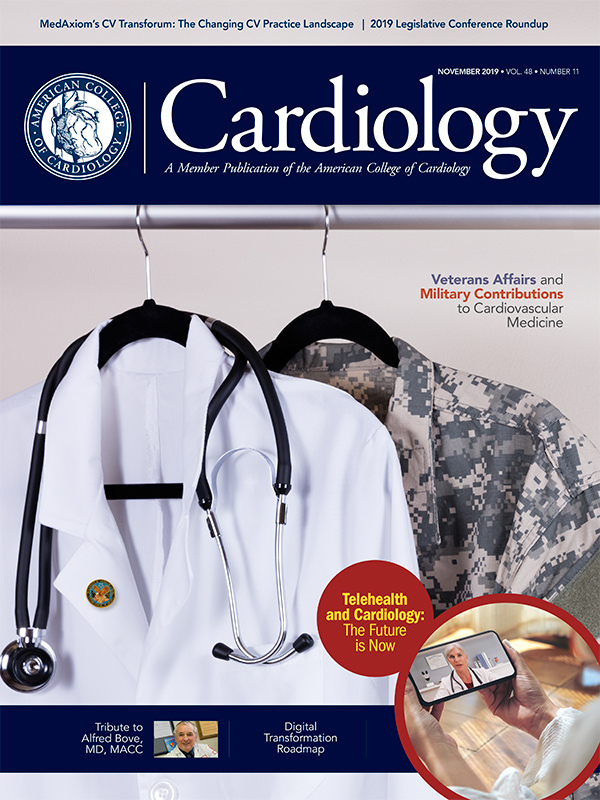Study Explores Potential Intersections Between Payment Changes, Appropriate Testing and External Factors Like AUC

Spending for guideline-recommended diagnostic cardiovascular tests may not have been negatively affected by payment changes intended to reduce spending on overall testing, with appropriate use criteria (AUC) developed by the ACC starting in 2005 among the potential factors contributing to a decline in low-value testing and increase in high-value testing.
Results of a cohort study of fee-for-service Medicare beneficiaries assessing the relationship between the payment changes and the annual rates of diagnostic cardiovascular testing found that rates of left ventricular systolic function testing among patients hospitalized with acute myocardial infarction and heart failure, appeared to increase throughout the study period of Jan. 1, 1999, through Dec. 31, 2016.
Vinay Kini, MD, MSHP, et al., also found that rates for low-value tests, including preoperative stress testing and routine stress testing after coronary revascularization, appeared to have increased, then decreased.
Along with AUC as a potential factor associated with the findings, Kini and colleagues highlighted consumer-facing efforts like Choosing Wisely, of which the ACC also is a part.
"Other changes during the study period such as implementation of public reporting of hospital outcomes, vertical integration of cardiology practices into health systems, value-based physician incentives, or other clinical practice changes not addressed in guideline documents could also have contributed to the observed changes in testing rates," they write.
"The ACC developed AUC in response to concerns about rising rates of cardiovascular testing and substantial geographic variation, with the goal of providing true and trusted guidance to the practitioner," says Robert Hendel, MD, FACC, who participated in the creation of AUC back in 2004 and has been highly involved in this initiative for more than 10 years.
"The article by Kini and colleagues demonstrates similar findings to other studies and adds to the growing body of evidence suggesting that appropriate use can be improved via education and feedback, resulting in not only optimization of care but also in savings to the health care system through the avoidance of unnecessary testing," adds Hendel.
"While the cause for improved utilization of cardiovascular testing may not be solely related to AUC, the criteria certainly have contributed to reduction of low-value cardiovascular testing. We believe that clinicians have received the message and AUC will continue to have an impact on practice patterns, to the betterment of patient outcomes."
Note: The "Educational and Operations Testing Period" of the new Appropriate Use Criteria (AUC) reporting program, established under the Protecting Access to Medicare Act of 2014, begins on Jan. 1, 2020. Currently, full program implementation is expected Jan. 1, 2021. Learn more about the program and how to prepare at ACC.org/AUC.
Clinical Topics: Heart Failure and Cardiomyopathies, Acute Heart Failure
Keywords: ACC Publications, Cardiology Magazine, Fee-for-Service Plans, Motivation, Cohort Studies, Area Under Curve, Systole, Heart Failure, Medicare

